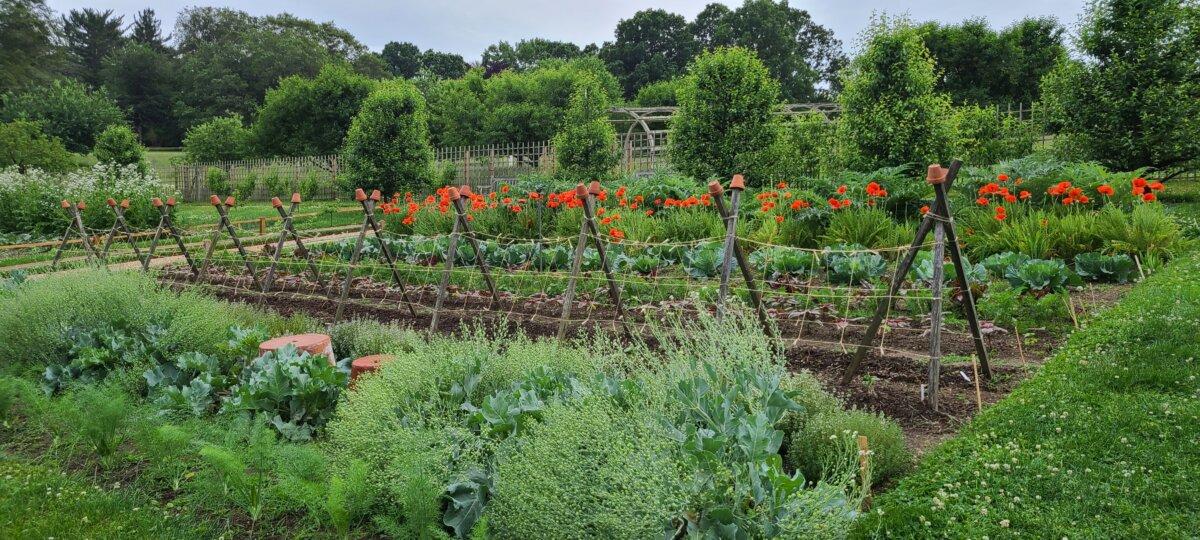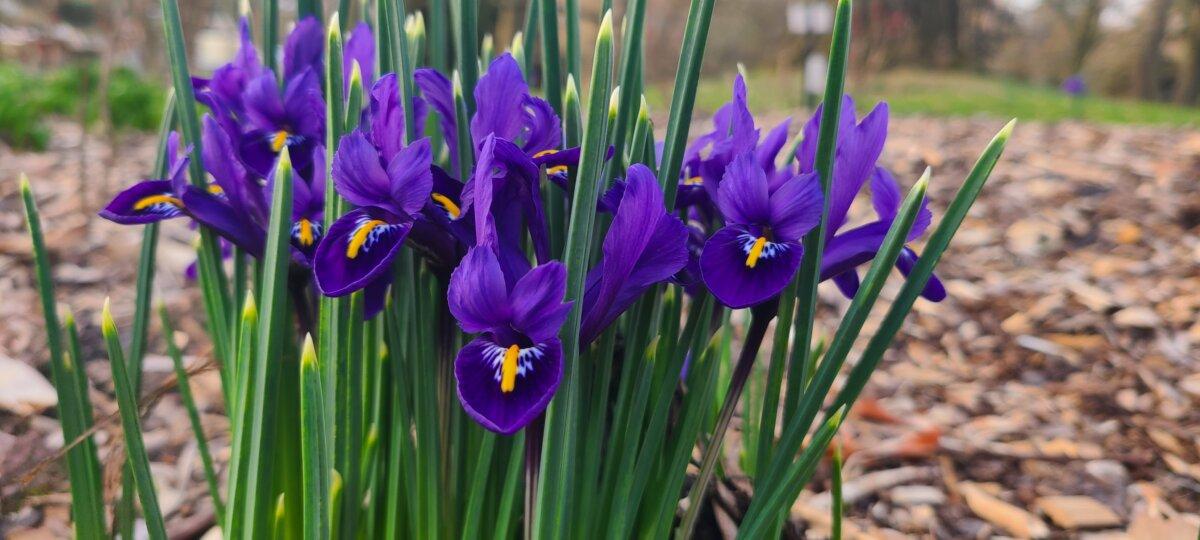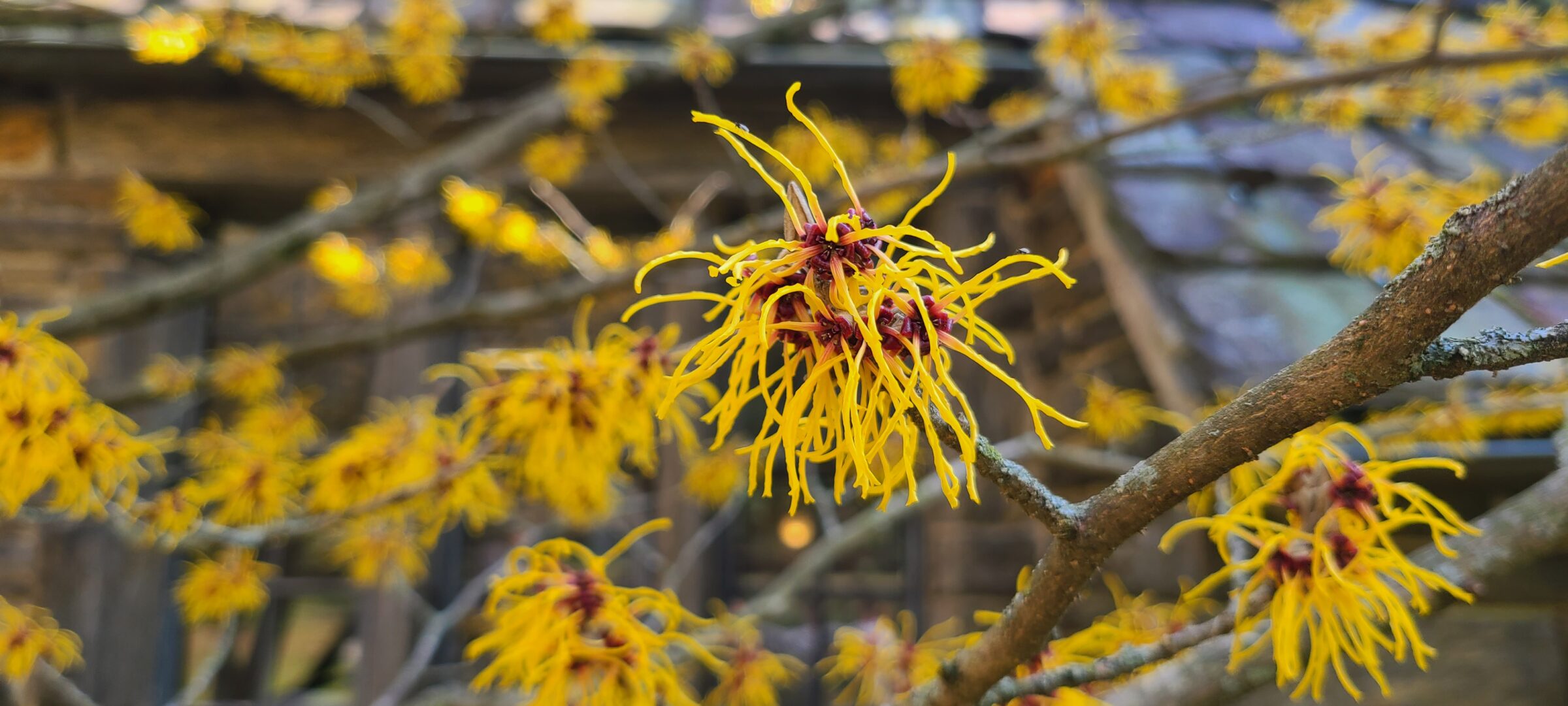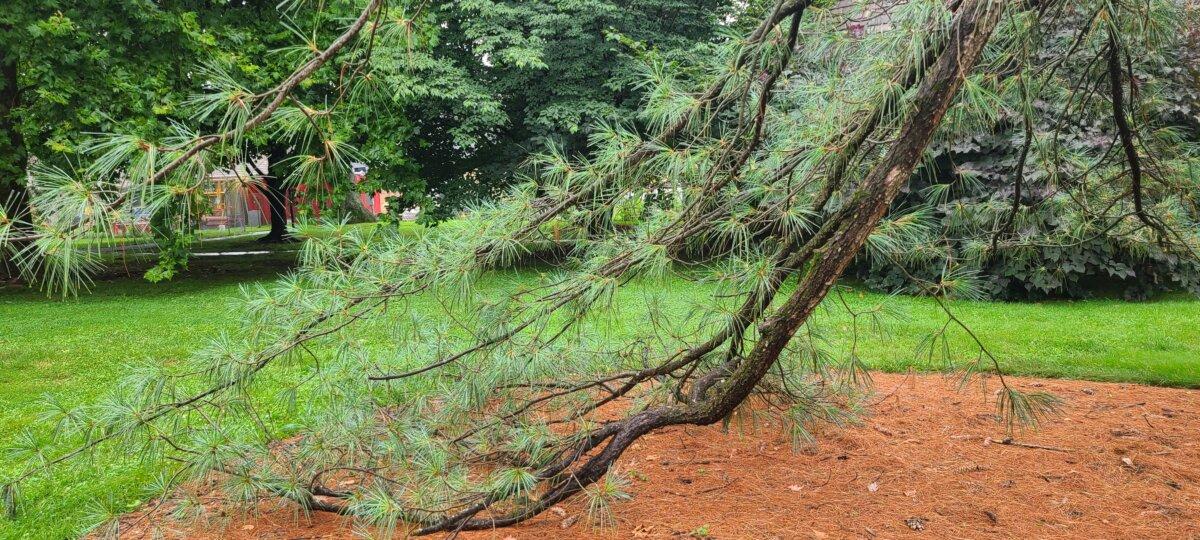
Exploring the Beauty of the Himalayan Pine
Introduction
Pinus wallichiana, commonly known as the Himalayan Pine or Bhutan Pine, is a magnificent coniferous tree. One of the best specimens I have seen in person is located at Swarthmore College, outside of Philadelphia, PA. The tree graces the area between the Our Food Garden, and the Kitao gallery. Originating from the majestic Himalayan mountains, this evergreen conifer has garnered immense popularity among horticulturists and landscape designers for its impressive stature and adaptability.
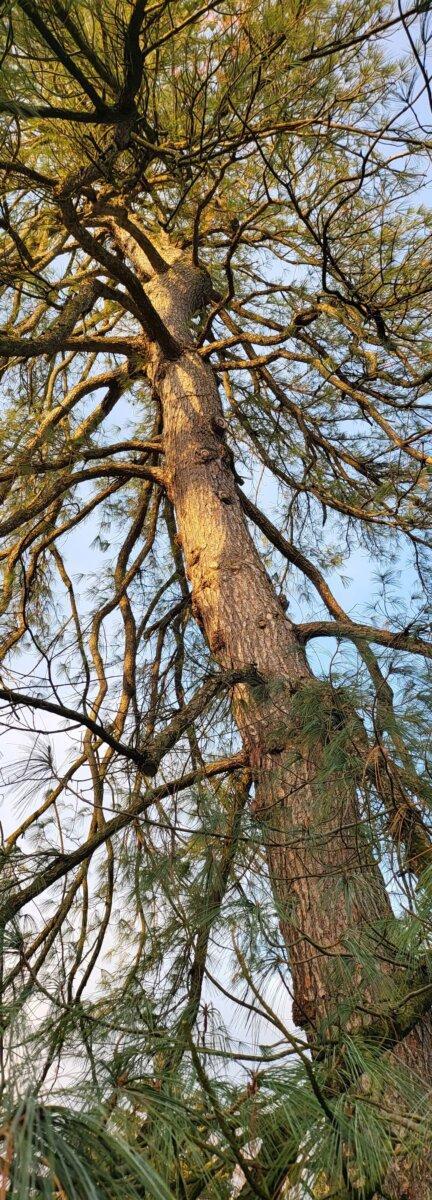
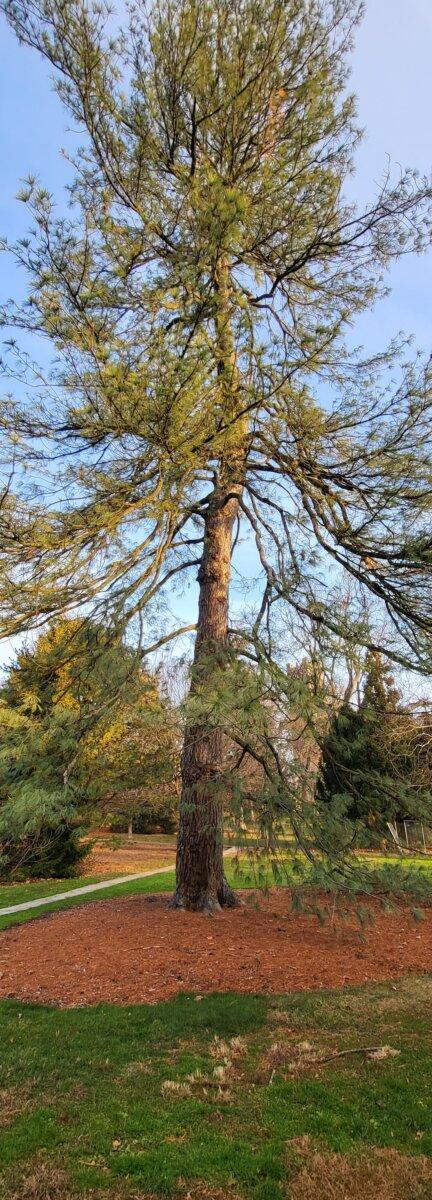
Himalayan Pine Cultural Conditions
The Himalayan Pine thrives in a variety of cultural conditions, making it a versatile addition to arboretums and gardens. Generally, it prefers full sun but can tolerate partial shade. Additionally, well-drained soil is crucial for its growth, as it dislikes sitting in waterlogged conditions. Moreover, this adaptable pine is also surprisingly cold hardy, making it suitable for regions with harsh winters.
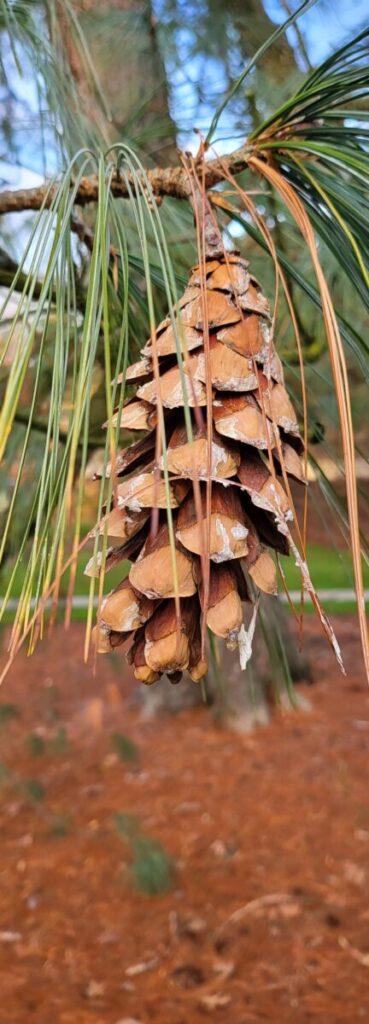
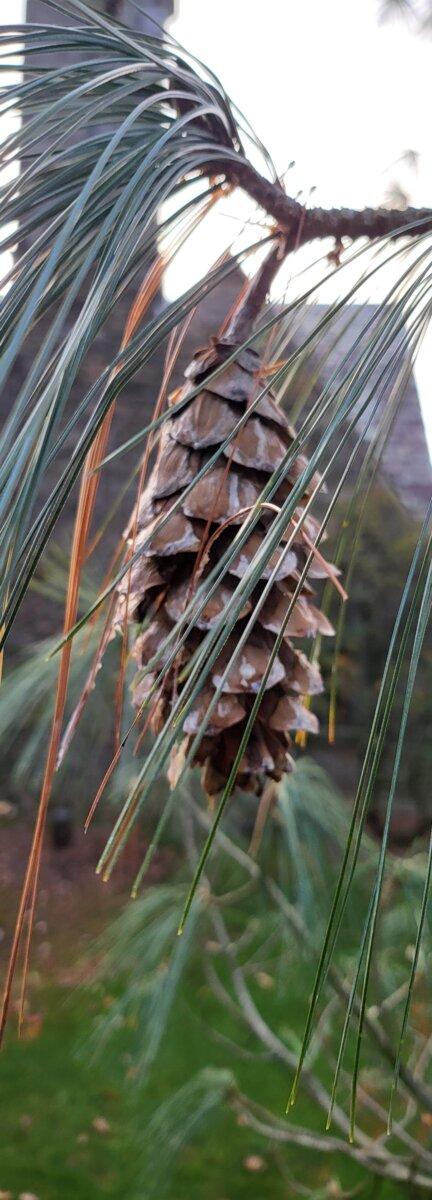
Himalayan Pine Description
One of the most captivating features of this conifer is its gracefully drooping, long, and slender needles, which are typically bluish-green or silvery-blue in color. Himalayan pine needles are arranged in bundles of 5 needles per fascicle. At the same time, the branch structure also has a tendency to cascade and undulate, creating an elegant form. The tree can reach impressive heights, often exceeding 100 feet, and its pyramidal or conical shape adds to its aesthetic appeal. Its bark is dark brown, with deeply furrowed ridges, providing visual interest year-round.

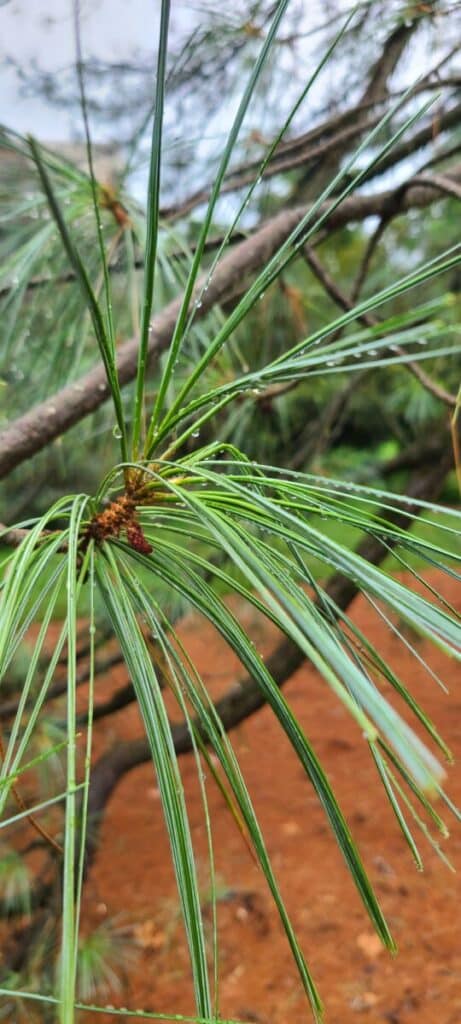
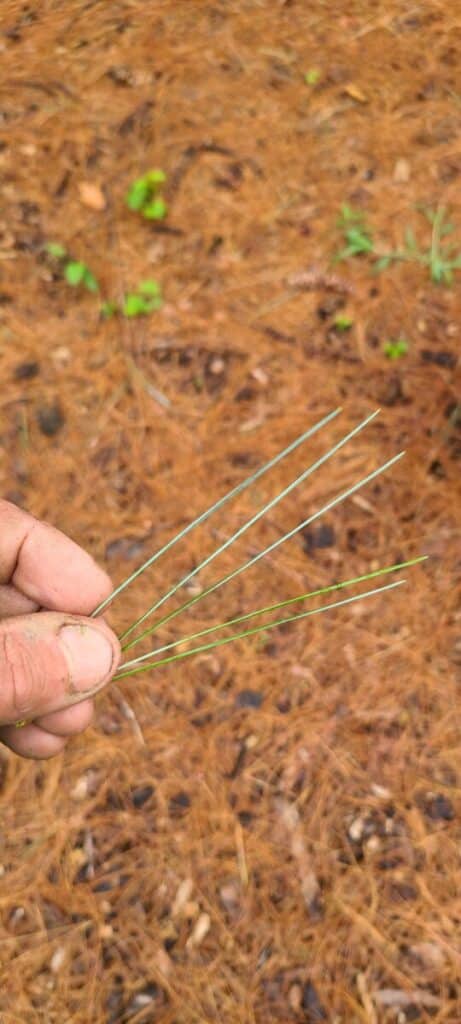
Himalayan Pine Design
This graceful pine can be used to create focal points, screens, or windbreaks. Its tall and elegant form can be employed to draw attention to specific areas or provide privacy in gardens. When planted in groups, it forms a stunning backdrop for other ornamental plants, highlighting their colors and textures. The tree’s unique appearance also makes it an excellent specimen tree, commanding attention with its distinct beauty.
Additionally, the long, flexible needles can be used creatively in floral arrangements and wreaths, adding a touch of the Himalayan wilderness to your home décor. I doubt many of us have access to your own Himalayan Pine for winter greens harvesting, so many people use our native White Pine (Pinus strobus) to create swags, garlands, and wreaths.
Perhaps you want to learn about other Pine species? Check out this helpful infographic…
https://plantspeopleplaces.com/pinus-species-identification-guide/



